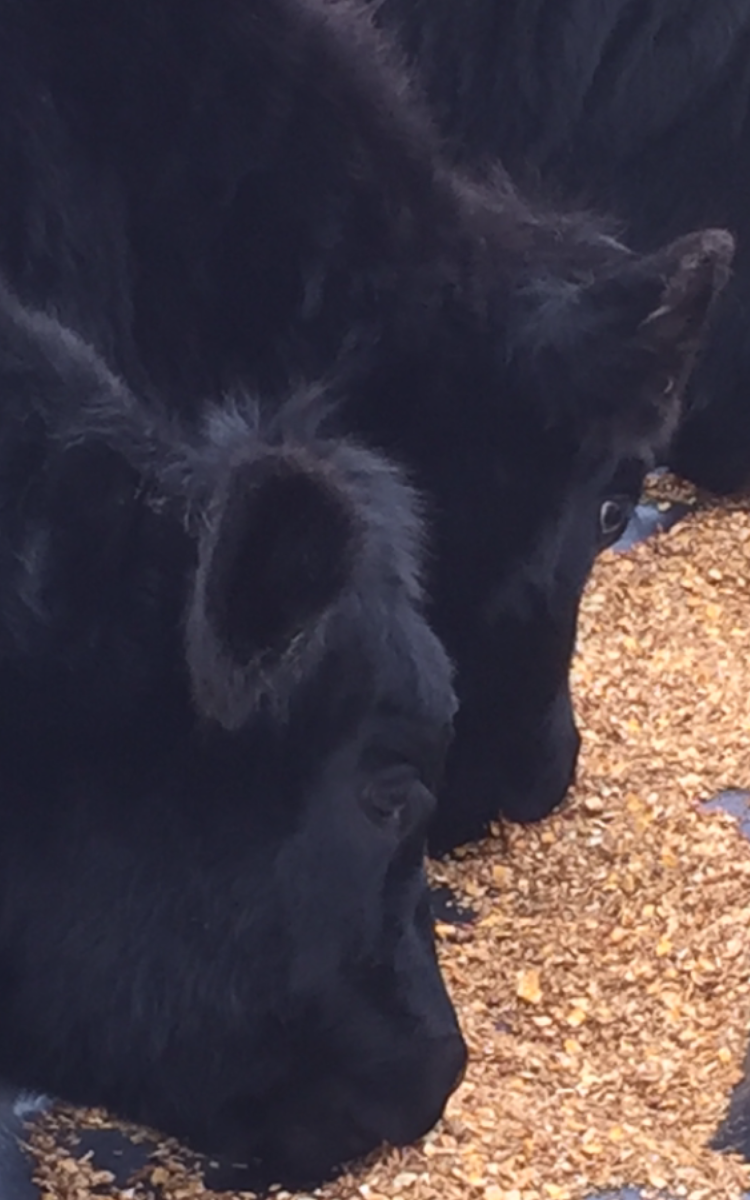

Dr. Katie Mason
Assistant Professor and Extension Beef Cattle Nutrition Specialist
Department of Animal Science
P: 865-974-8941
Over the past couple of weeks, I have been at field days and workshops where I discussed feeding cattle to finish on farm. One of the most common question I get about finishing rations is, “which one is better, whole or cracked corn?” I want to shed some light on the subject here.
Finishing rations typically contain only about 10% roughage. Roughages are feed sources that are relatively high in fiber and low in energy and are meant to stimulate rumen function. The rest of the ration is made up of a concentrate or grain feed, most often corn. Corn provides high amounts of energy that contribute to the marbling that consumers like to see in their beef.
When finishing cattle, it is important for the diet to be used efficiently to promote growth and marbling. Data show that processing grains, for example, rolling or grinding corn, can increase digestibility and feed efficiency. But how does that translate to carcass quality, and is it worth processing the grains?
A trial in at North Dakota State University compared animal performance when feeding rations of whole corn, rolled corn, and ground corn in yearling steers. Though there was a difference in intake and feed to gain ratio, there was not a difference in rate of gain or carcass quality. In short, there are only small differences in performance when feeding milled versus whole corn. And typically, the more processed a grain is, the more expensive it is. So, if there is an added to cost to crack the corn, it is probably not worth doing, especially on a small scale and when the ending carcass quality will be the same.
Why am I seeing whole corn in manure?
You may see some kernels of corn in manure, but much of the starch in those kernels has likely been digested. In the grand scheme, a few kernels passing through will not be a problem, as long as cattle are reaching the desired rate of gain.
What if the corn is ground very fine?
Providing grain that is too finely ground can result in acidosis. When finely ground, high-starch feeds go into the rumen, the are broken down quickly and cause a drop in pH. It is important to avoid this drop in pH by providing adequate roughage in the diet, and not milling corn to a fine powder.
In the end, there is not much difference in feeding whole, cracked, or ground corn, at least not from a practical output standpoint. The important thing is to use the most economical feed source to achieve desired rates of gain in finishing calves.